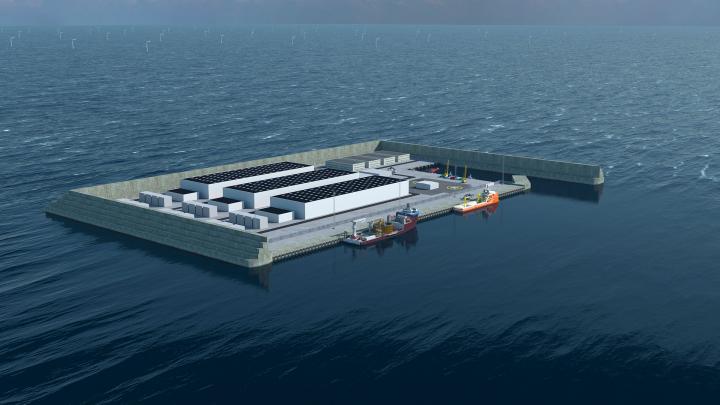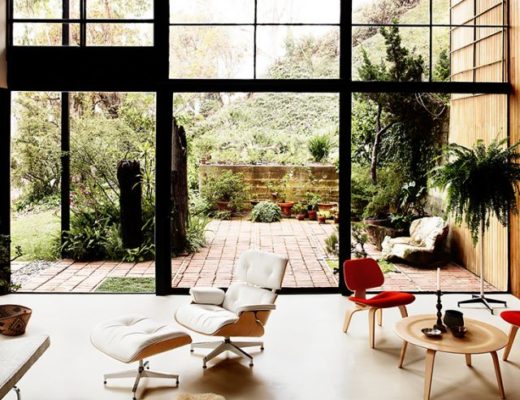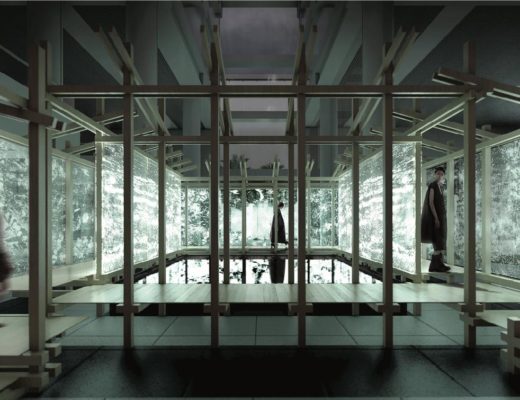Denmark, known for its commitment to tackling climate change by reducing its carbon emissions, pioneered the world’s first offshore wind farm over 30 years ago. It recently announced that it is now building two energy islands – first-of-its-kind in the world – including one artificial island. (Top photo: Danish Energy Agency)
The Danish Energy Agency (DEA) has shared that it plans to start the tendering process for an island some 80km off the coast of Thorsminde, a town in Jutland peninsula in the North Sea next year. The winning bid will be announced in early 2023.
The two energy islands – in the North Sea and Baltic sea – will serve as hubs that can create better connections between energy generated from offshore wind and the energy systems in the region around the two seas.
Currently, the country harnesses the energy from strong ocean winds via isolated offshore wind farms that supply electricity directly to the Danish electricity grid. With these energy islands, the wind turbines can be placed further away from the coast and distribute the power they generate between several countries more efficiently. The islands serve as hubs – or green power plants – that gather electricity from the surrounding offshore wind farms and distribute it to the electricity grid in Denmark as well as directly to other countries, giving households and businesses access to this green electricity. This will allow electricity from an area with vast wind resources to be more easily routed to areas that need it the most, while also ensuring that the energy generated from the turbines is utilised as efficiently as possible in terms of demand for electricity.
The two energy islands are based on the same concept, where offshore wind farms are connected to electrotechnical facilities on the islands, but they will not be entirely identical. The energy island in the Baltic Sea will be established on Bornholm, which means that the electrotechnical equipment that will allow the collection and distribution of the energy from the offshore wind turbines will be located on land. The island in the North Sea, however, will be an artificial island specifically built for that purpose.
The artificial island in the North Sea and the surrounding offshore wind farms will be established approximately 80 km off the coast of Thorsminde, a town in Jutland. The island will house electrotechnical facilities for routing electricity from the wind turbines into the electricity grid, and potentially also a harbour and service facilities for the first 3 GW of offshore wind farms in the North Sea. Later, the island and wind farms will be expanded to generate and distribute up to 10 GW of electricity as the demand for electricity rises and the islands are ‘plugged in’ to more neighbouring countries.
The wind turbines that will supply power to the island are expected to be larger than current offshore wind turbines, and they will also be established further out at sea than has been attempted before. The turbines will not be visible to the naked eye from land, but if you are flying over the North Sea, you will be able to spot large areas dotted with wind turbines surrounding the island.
Meanwhile, leading Danish offshore wind company Orsted has teamed up with Danish pension fund ATP for a joint bid to build the North Sea energy island. The alliance will work with three world-leading industrial construction experts for its construction – Aarsleff, Bouygues and marine contractor Van Oord, a company that has extensive experience in working on artificial islands, such as the Palm Jumeirah in Dubai, UAE.
Other European countries too are eager to join the fray. Back in June, the Belgian government also proposed the development of an energy island in its dossier submitted to the European Union Commission that entails the payout of €5.9bn (S$9.20bn) Belgian tranche of the EU’s post-Covid-19 European Recovery Fund.
Belgium would utilise the energy island to connect a 2.1GW second wave of offshore wind farms in the ‘Princess Elisabeth area’ (bordering France) and from there transmit power to shore. The Netherlands and the UK are also expected to explore similar energy islands in the near future.
You might also like:
Singapore clean energy firm Sunseap to build the world’s largest floating solar farm in Batam
A virtual reality online exhibition opens for viewing following COP26 meet on climate action




